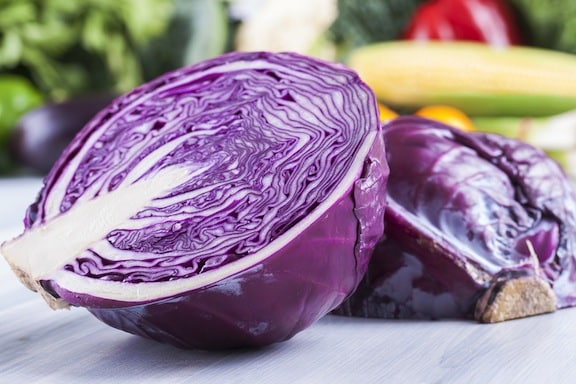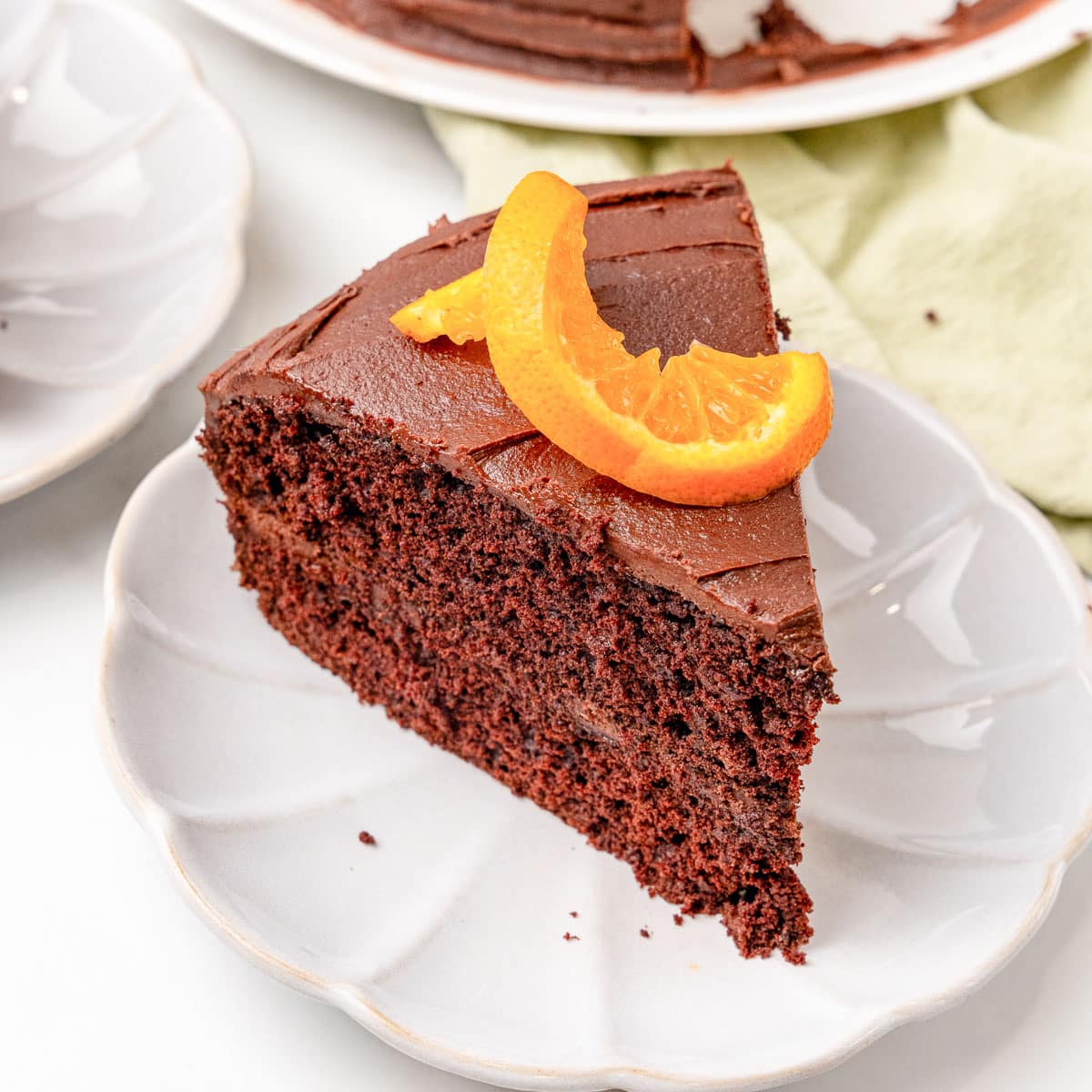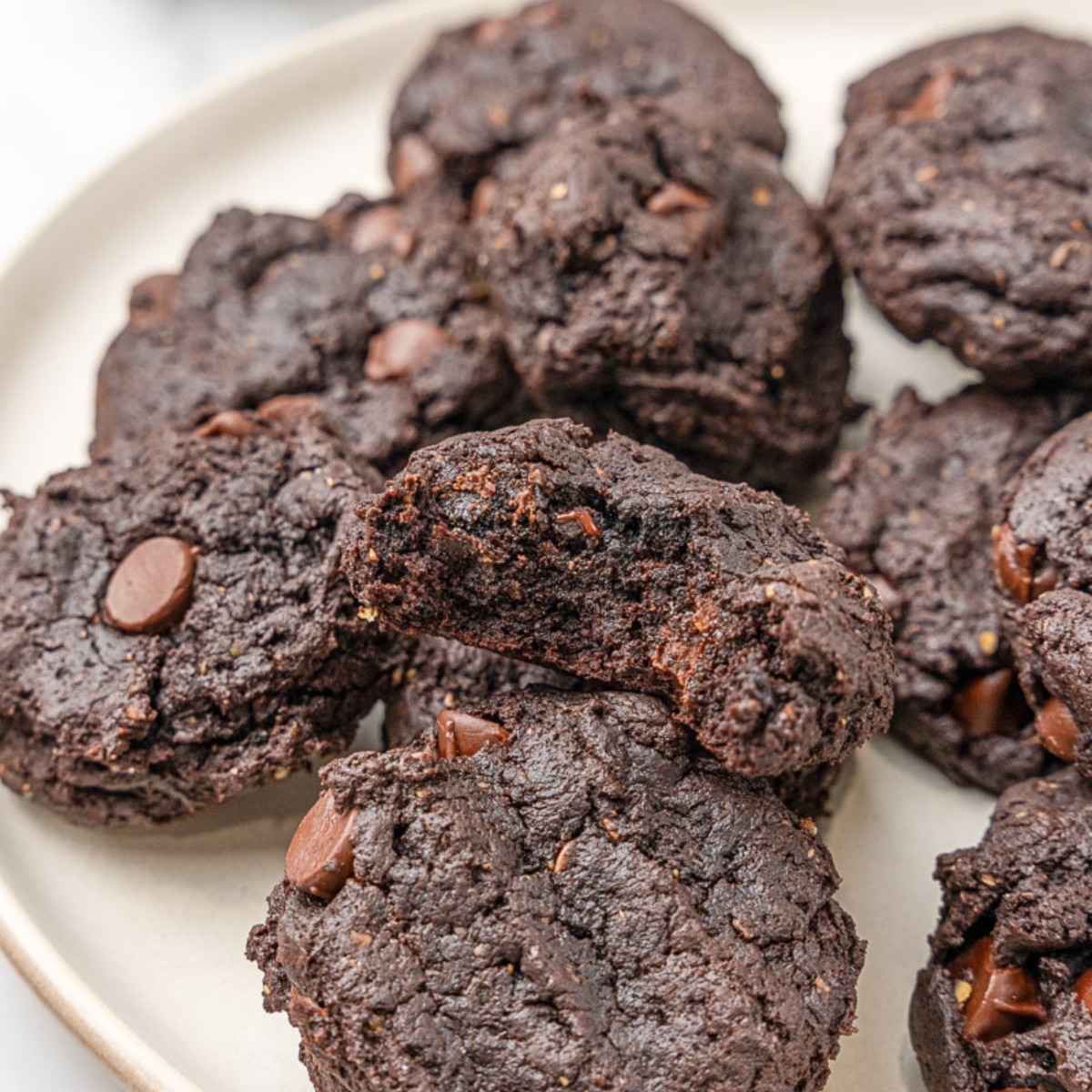Tangy and delicious homemade sauerkraut is a living cultured food that is high in lactic acid, it strengthens your immune system and has other remarkable healing properties. Refrigerated kraut holds well for months and gets sassier as it ages. This and the accompanying article: Fermented Foods Strengthen the Immune System* were contributed by Rebecca Wood.
In this easy kraut recipe, I vary the seasonings from batch to batch. My favorites include cumin, dill, seaweed, garlic, ginger, juniper and chili. This recipe takes its color from the beet, but red cabbage yields a similar ruby color. To make a pale-colored sauerkraut, omit the beet and use green cabbage.
Three things that prevent spoilage are salt, an anaerobic (air-free) environment and lactic acid fermentation. The weight you’ll apply on top during fermentation keeps the cabbage submerged under the brine and, thus, in an anaerobic environment. Lastly, as the cabbage ferments, lactic acid develops which creates an undesirable environment for potential microbial contaminants.
Makes: approximately 3 ½ cups
- 1 medium-large head organic red cabbage
- 1 small beet
- 2 minced garlic cloves
- 1 teaspoon caraway seeds, toasted
- 1 tablespoon sea salt
Remove any coarse or dry outer cabbage leaves. Cut the cabbage lengthwise into quarters. Grate the cabbage, core and all, and the beet: using the fine grater of a food processor; or shred cabbage finely with a knife and grate the beet on the ¼-inch holes of a hand grater. Mix the vegetables with the garlic, caraway seeds and salt.
Firmly pack into a glass container such as a wide-mouth quart jar, filling it almost to the brim. Set the jar on a plate to collect any potential overflow. Apply pressure to the vegetable shreds with a weight that’s small enough to nest inside of the jar. This weight may be a clean rock, a water-filled drinking glass or a bottle (such as a plastic water bottle or soy sauce jar with its label removed).
Rest the weight atop the grated vegetables. Brine forms and typically will rise to the surface within 8 hours. (If the brine fails to rise and cover the vegetables then dissolve ½ teaspoon salt in ½ cup boiling water. When cool, add enough salt-water brine to cover the vegetables.)
The kraut will be ready in 5 to 7 days, or when it has a pleasant and tangy fermented flavor and the cabbage shreds are translucent rather than opaque. (To heighten the sour flavor, ferment for up to 10 days.) Remove the weight. Remove and discard any bubbly foam or discolored kraut from the top of the jar. Wash and tightly cover the jar. Refrigerated. kraut will keep for 6 months.
Serve as a condiment, allowing 1 to 2 tablespoons per person. You may also add kraut to salads, sandwiches or use it as a flavoring agent in dressings and soups.
- Here are lots more recipes for salsas, chutneys, and relishes.
Rebecca Wood is the author of The New Whole Foods Encyclopedia* and The Splendid Grain.* For over 30 years she has helped people regain their health and energy with an easy-to-implement whole foods diet. Find out about her books and diet consultations at www.rwood.com.







Comments
No Comments